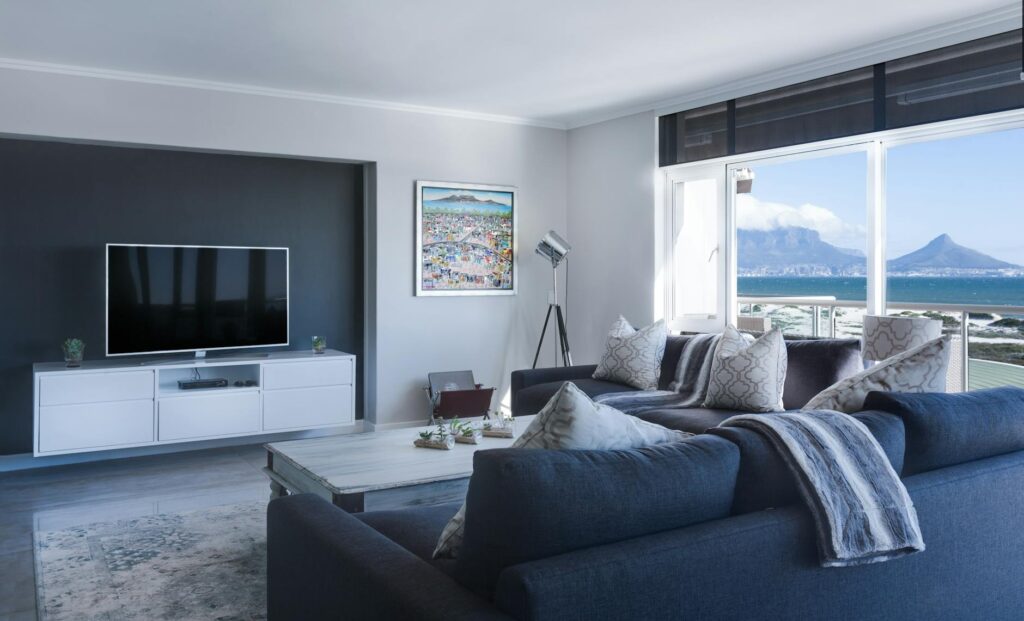The all-white room. A concept that evokes either stark minimalism or serene tranquility, depending on your perspective. But regardless of your initial reaction, the art of designing a successful all-white space goes beyond simply painting the walls white. It’s about texture, light, and carefully curated accents that breathe life into this seemingly simplistic palette.
Light and Shadow: The Foundation of an All-White Room
Light is paramount in an all-white room. The interplay of natural and artificial light creates depth and prevents the space from feeling flat. Consider large windows to maximize natural light and strategically placed lamps or spotlights to highlight architectural details or artwork.  The way light dances across the walls and surfaces will dramatically alter the perceived mood and atmosphere.
The way light dances across the walls and surfaces will dramatically alter the perceived mood and atmosphere.
Texture is Key: Avoiding Monotony
To avoid a sterile environment, introduce a variety of textures. Think fluffy rugs, woven throws, a plush velvet sofa, or textured wallpaper. These textural elements add visual interest and prevent the eye from becoming overwhelmed by the uniformity of the white. Experiment with different materials like linen, wool, and even natural stone to create contrast and warmth. 
The Power of Accents: Injecting Personality
While white serves as the backdrop, carefully selected accents are crucial for personalizing the space. Consider introducing pops of color through artwork, plants, or decorative objects. These elements become focal points, preventing the white from feeling overwhelming and allowing your unique style to shine through. Even small, carefully chosen details can make a significant difference. 
Playing with Shades of White: Subtle Variations
Not all whites are created equal. Experimenting with subtle variations in shades of white can add depth and sophistication. A warmer off-white on the walls can complement cooler white tones in the furnishings, creating a sense of harmony without sacrificing the overall monochrome aesthetic. A helpful tip is to view your white choices in different types of light.
Natural Elements: Bringing the Outdoors In
Introduce natural elements to soften the starkness of an all-white room. Plants, particularly those with lush greenery, can add life and vibrancy. Consider incorporating natural materials like wood or stone in smaller details, such as a coffee table or a decorative bowl. These additions inject warmth and create a more inviting atmosphere. Learn more about biophilic design.
Art and Decor: Creating Focal Points
Artwork plays a significant role in an all-white room. Bold, colorful pieces can serve as stunning focal points, drawing the eye and adding personality to the space. Alternatively, you could choose minimalist artwork or sculptures to complement the overall aesthetic. The key is to select pieces that resonate with your personal style and add visual interest. [IMAGE_4_HERE]
Furniture Selection: Form and Function
Furniture choices must complement the overall aesthetic. Consider clean lines and simple silhouettes to maintain the minimalist feel. Choosing pieces in different shades of white, or utilizing natural wood tones, can add depth without disrupting the flow of the room. Explore minimalist furniture designs.
Conclusion
Designing an all-white room is a balancing act. It’s about achieving a sense of serenity and sophistication while avoiding sterility. By carefully considering light, texture, and accents, you can create a space that is both visually striking and incredibly inviting. Remember, it’s your space – let your personality shine through!
Frequently Asked Questions
What are the biggest mistakes people make when designing an all-white room? Overlooking texture and failing to incorporate enough contrasting elements are common mistakes. A completely flat, white room can feel cold and uninviting.
How can I make an all-white room feel warm and cozy? Incorporating natural textures, warm lighting, and pops of color through artwork or accessories can significantly enhance the warmth and coziness of your all-white room. Consider a plush rug and soft throws.
How can I avoid an all-white room feeling sterile? The key is to introduce contrast and interest through texture, color accents, and interesting shapes in your furniture and decorative elements. Consider plants and other natural elements to add warmth and life to the room.
What paint finish is best for an all-white room? Eggshell or satin finishes are great choices for an all-white room as they offer a good balance of durability and a soft, subtle look. Avoid high-gloss finishes, which can feel too stark.
Are there any specific considerations for smaller all-white rooms? Yes, in smaller spaces, you might want to use lighter, brighter whites and strategically placed mirrors to enhance the illusion of space. Minimize bulky furniture to avoid cluttering the room. Read more about designing small spaces.





